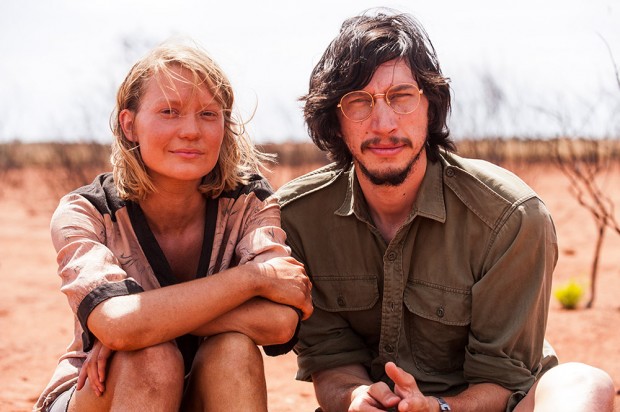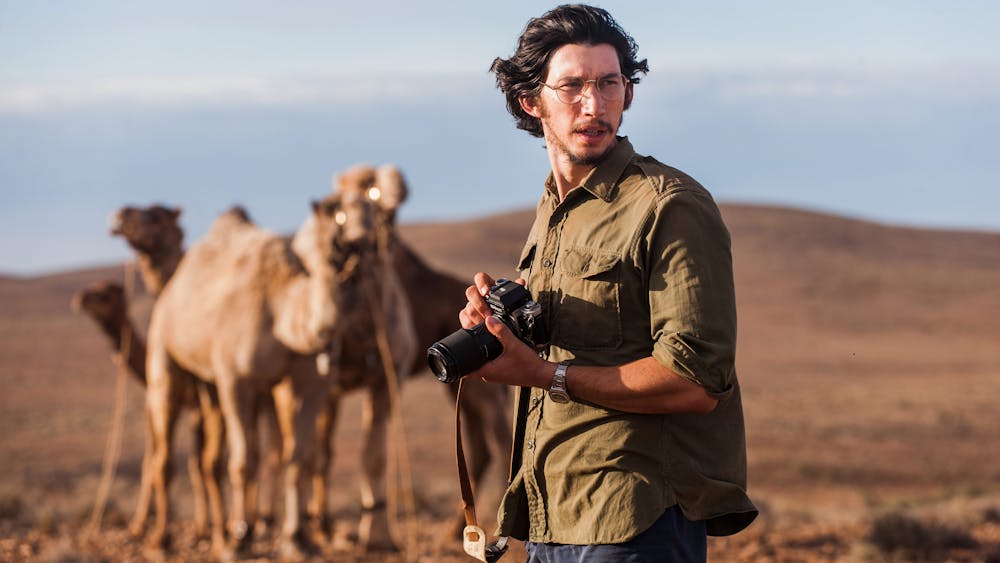“Tracks” (2013): A Poetic Journey Through Solitude and Self-Discovery
Tracks (2013), directed by John Curran and based on the memoir by Robyn Davidson, is a quiet yet powerful exploration of solitude, endurance, and the human need to reconnect with the world on one’s own terms. Starring Mia Wasikowska in a compelling and understated performance, the film recounts the true story of Davidson’s 1,700-mile journey on foot across the Australian desert, accompanied only by four camels and her faithful dog. Far from being just a survival story, Tracks is a meditation on freedom, identity, and the transformative power of isolation.
Set in 1977, the film opens with Robyn arriving in Alice Springs with little money, minimal experience, and a bold plan: to cross the vast, unforgiving terrain of the outback to reach the Indian Ocean. Her motivations are not rooted in fame or spectacle, but rather a deep internal yearning to disconnect from society’s expectations and reconnect with something raw and real. As she trains camels and prepares for the grueling expedition, she is met with skepticism, sexism, and loneliness, yet her quiet determination never wavers.

Mia Wasikowska brings a profound authenticity to the role. Her Robyn is introspective, guarded, and emotionally layered—a woman shaped by trauma but driven by purpose. Through flashbacks, we learn of her childhood losses and emotional wounds, giving context to her need for isolation and self-challenge. Wasikowska’s performance captures both Robyn’s vulnerability and resilience, offering viewers a nuanced portrait of a woman who seeks clarity not in connection, but in solitude.
Joining her sporadically on the journey is Rick Smolan (played by Adam Driver), a National Geographic photographer assigned to document the trek. His appearances—though infrequent—highlight the contrast between Robyn’s desire for privacy and the world’s need to categorize and explain her. Driver adds warmth and levity to the film, and his chemistry with Wasikowska is subtle but sincere.
Visually, Tracks is stunning. Cinematographer Mandy Walker captures the majesty and desolation of the Australian outback in sweeping, sun-bleached landscapes. The desert becomes a character in itself—beautiful, cruel, and indifferent. Long, quiet sequences allow viewers to immerse themselves in Robyn’s solitude, experiencing the rhythm of her days, the physical hardships, and the fleeting moments of connection with Indigenous communities she encounters along the way.

One of the film’s strengths is its refusal to sensationalize. Robyn’s journey is not dramatized with over-the-top peril or sentimentality. Instead, Tracks respects the contemplative nature of her experience. The film suggests that solitude is not about escaping others, but about discovering the self in its purest form. It’s a slow, reflective narrative that values introspection over action.
Tracks received praise for its sensitive direction, strong lead performance, and breathtaking visuals. It stands as a rare film that portrays a woman undertaking an epic journey not for romance, revenge, or redemption, but simply for herself. In a cinematic landscape often dominated by spectacle, Tracks is a quiet, profound reminder of the beauty and necessity of walking alone.

-1754376166-q80.webp)

